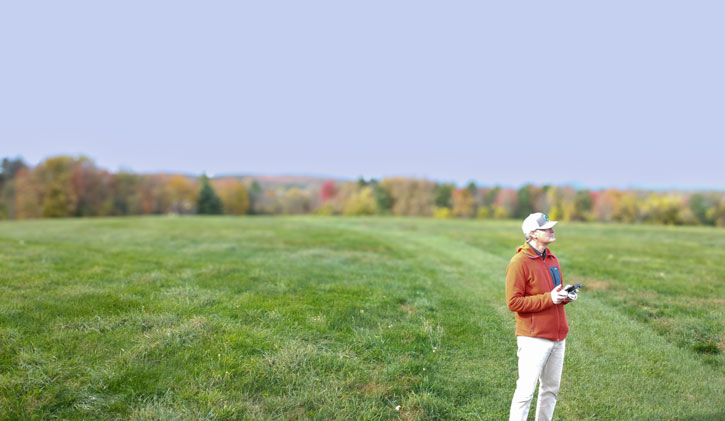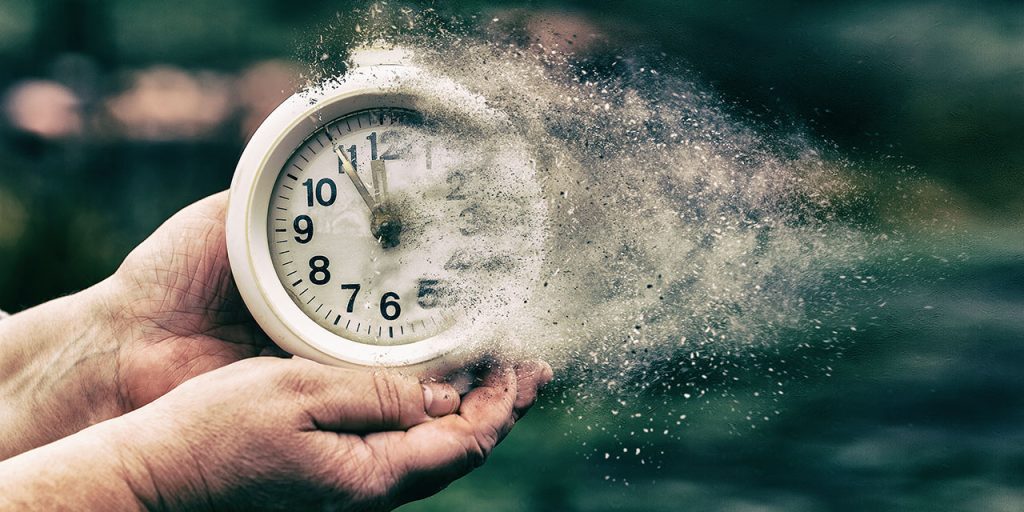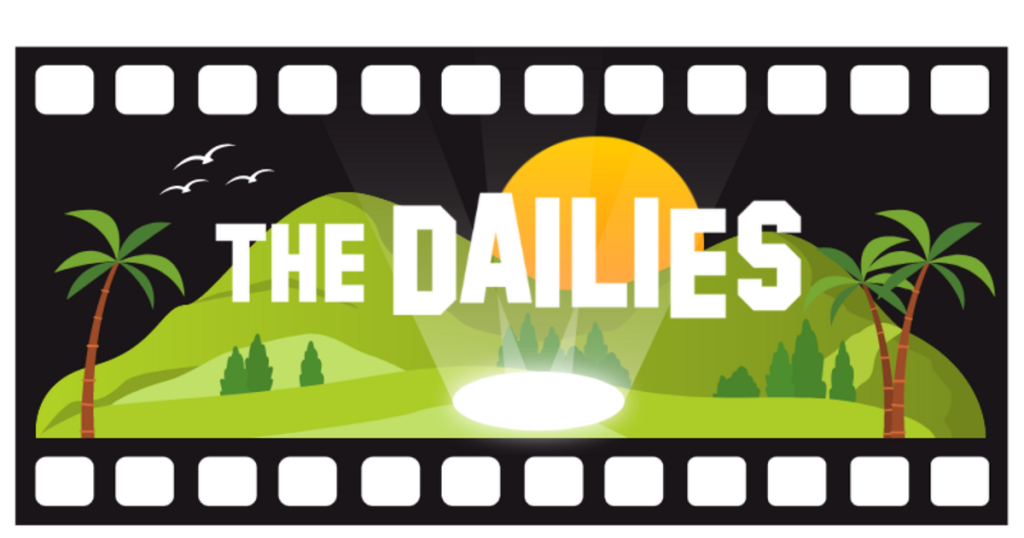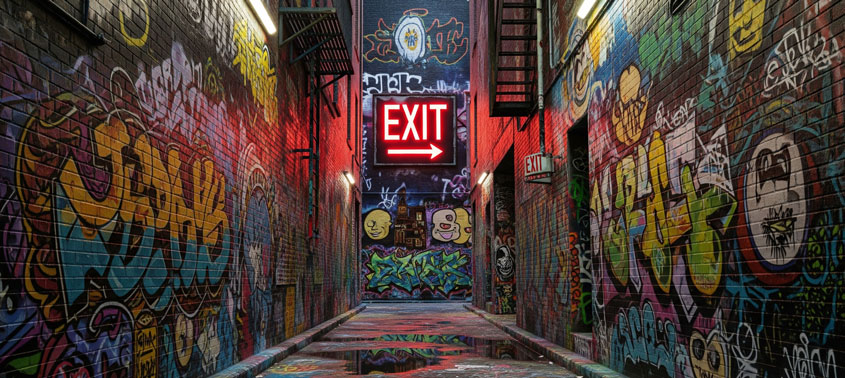Class Hours: 10:05 – 2:40
Mr. Bohmann | wbohmann@ewsd.org
10:05 Today’s Notes & Attendance
- CCV Class Friday but not next Friday
- When you arrive – jump right in to group project
Keep in Mind….
- End of Quarter is in two weeks – October 31st
- October 20th – Halloween Projection Loop
- NCWIT Aspirations in Computing Award! Applications are open for another two weeks, see details here: https://www.aspirations.org/award-programs/aic-high-school-award
10:10 Halloween Projection Loop – Work Session

Start with a Scrum meeting – some suggestions for each of you to state
- I am working on
- I will be completing …. today
- I need / do not need any help
- Please clarify or I’m not sure about….
10:50 Morning Break (10 minutes)

11:00 Photography Formats – JPEG vs RAW | Using Histogram

JPEG
When you shoot JPEG, a raw converter in the camera itself completes all the mathematical tasks to capture a certain color—then the raw converter compresses it . JPEGs apply heavy compression to color data, which can lead to problems with weird skin tone and such when editing time comes. It’s important to keep in mind that when shooting in JPEG, there’s very little you can do after the fact to interpret the color balance of your images.
RAW
When you shoot your pictures in RAW, those files provide the highest quality files. Here, everything is manual except ISO speed, shutter speed, and the aperture setting, which you may remember as the three main pillars of exposure. That means you, as the photographer, are in charge of tonal response, white balance, and colorimetric rendering, thereby giving yourself a great deal of creative freedom.

Let’s look at a raw file and do some touch up in Camera Raw and also learn how to access this menu in Photoshop.
When working in Camera Raw, we’ll need to set a baseline to begin our photo editing.
What we are basically going to look for when editing is whether we have blown out (overexposed or clipped) our whites (highlights) or crushed our blacks.
Areas we’ll look at include:
Histogram which displays the image tonality (how pixels are distributed). To the left are the darks and shadows and to the right are the highlights. The middle shows the midtones.
White Balance is a camera setting that adjusts colors to ensure that white objects are captured as pure white, regardless of the color temperature of the light source. It is a good idea to find a neutral white or gray to set the baseline – I like to do this first. 10000 – 15000 K is a clear blue sky where as 1000 – 5000 is the warm yellow orange light of a candle flame.
Exposure Slider is one of the first areas to adjust. This allows you to adjust the overall brightness of your image(exposure). Watch the histogram as you make all changes.
Contrast the contrast is the amount of space (contrast) between the color channels
Blacks and Whites sliders help you determine the optimal highlights (whites) and the shadows (blacks). A good trick is to use the ALT key to see where the pixels begin to clip. It can be helpful to adjust past the point of pixelation, since it can show you how far you can push your whites (and blacks) without blowing out the image and losing detail.
Highlights and Shadows sliders are used to fine-tune your image. This is a creative choice. Lower the highlights slider to darken the brightest sections or increase to make your brightest areas brighter.
Shadows will reveal the details in the dark sections of your photo
Texture/Clarity/Dehaze are all about adding sharpness and contrast. Texture is the high frequency, Clarity is medium frequency and dehaze is low frequency. By frequency I mean the amount of contrast between two areas.
Luminance is all of the colors and the intensity of light from them. It measures how much white or black is present in the color(s)

Strategies for Retouching photos
The amount you do depends on the image you are working with and your goals for it. Most retouching of photos includes these general steps:
- Duplicating the original so as to have a copy on hand
- Checking your image resolution for the ways you’ll use the image
- Cropping to final size and orientation
- Repairing flaws of damaged photos (rips, dust, stains, etc…)
- Adjusting the contrast or tonal range
- Adjusting color and tone to bring out highlights, midtones, shadows and desaturated colors
- Sharpening of the image
- Exporting and saving
Today we’ll look at working with Camera Raw and working with Camera Raw filters and Smart Objects in Photoshop
11:55 Lunch
12:25 English with Mx. Yopp

1:10 Afternoon Break


1:25 Speed Design
1:45 Independent Production & Guided Support
These are your current Assignments:
- Vermont Foliage Assignment keep working on – colors change fast!
- Lower Thirds Project
- Halloween Projection Loop – October 20th
2:13 Dailies

2:15 Independent Reading

2:40 Dismissal

